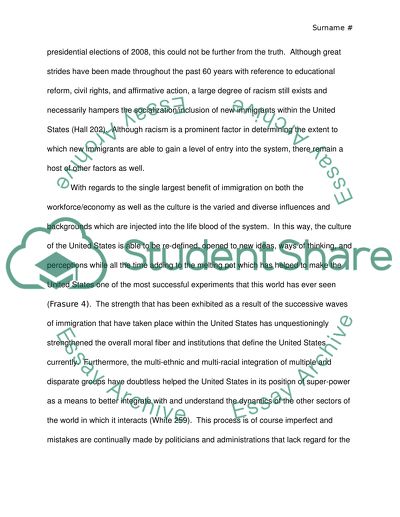Cite this document
(“Sociology and Economic: An Analysis of Immigration in the United Research Paper”, n.d.)
Retrieved from https://studentshare.org/sociology/1460436-sociology-and-economic-an-analysis-of-immigration-in-the-united-states
Retrieved from https://studentshare.org/sociology/1460436-sociology-and-economic-an-analysis-of-immigration-in-the-united-states
(Sociology and Economic: An Analysis of Immigration in the United Research Paper)
https://studentshare.org/sociology/1460436-sociology-and-economic-an-analysis-of-immigration-in-the-united-states.
https://studentshare.org/sociology/1460436-sociology-and-economic-an-analysis-of-immigration-in-the-united-states.
“Sociology and Economic: An Analysis of Immigration in the United Research Paper”, n.d. https://studentshare.org/sociology/1460436-sociology-and-economic-an-analysis-of-immigration-in-the-united-states.


